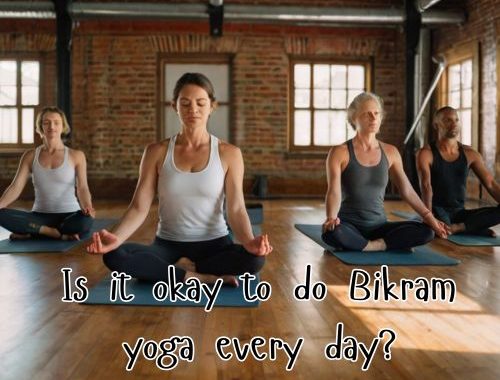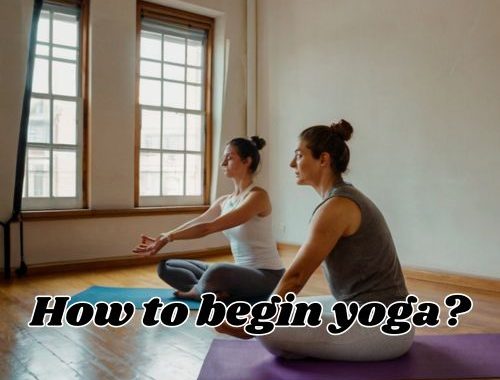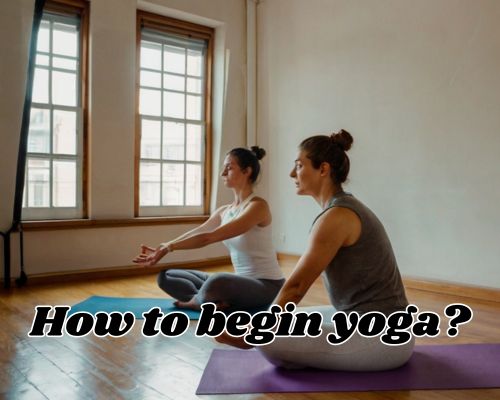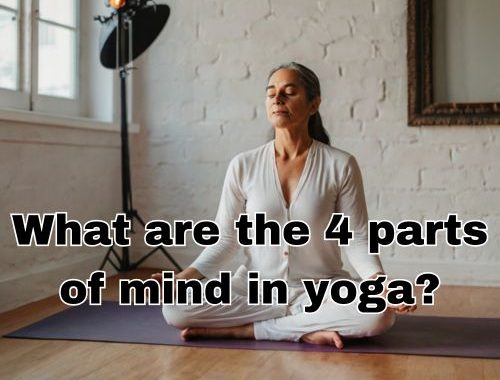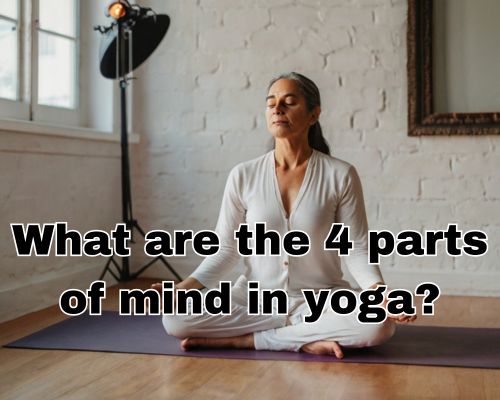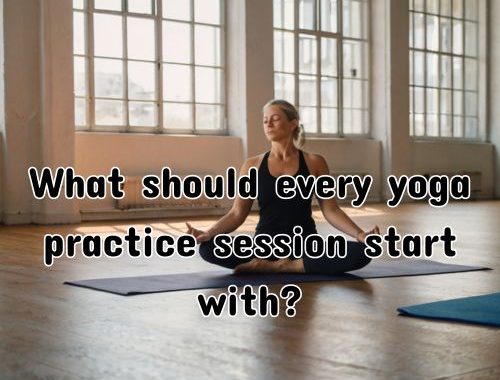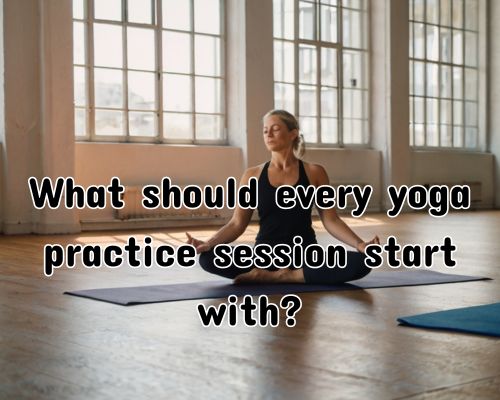Is It Okay to Do Bikram Yoga Every Day? Exploring the Benefits and Risks in Mornington, Australia
Bikram yoga, often referred to as “hot yoga,” has gained significant traction across Australia, especially in wellness-conscious communities like Mornington, Victoria. Known for its 90-minute sequence of 26 postures and two breathing exercises in a heated room (typically 40°C with 40% humidity), Bikram yoga challenges both mind and body. But a growing question among yoga enthusiasts and beginners alike is: “Is it okay to do Bikram yoga every day?”
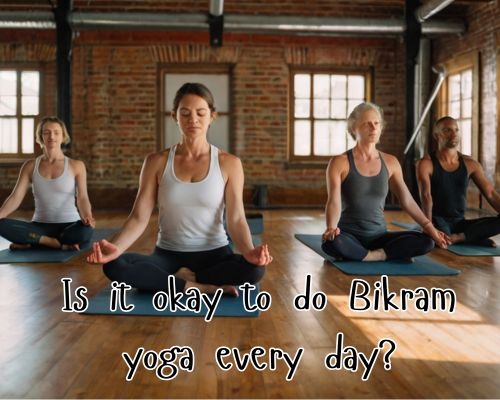
The answer is more nuanced than a simple yes or no. While daily practice can yield profound health benefits, it also carries potential risks—particularly if proper precautions aren’t taken. With Jane Benson of Bikram Yoga Mornington, let’s explore what happens when you turn up the heat seven days a week in Mornington’s coastal climate and how to strike the right balance.
Bikram Yoga: An Overview
Bikram yoga was popularized in the 1970s by Bikram Choudhury and has since spread across the globe. In Mornington, where residents often prioritize holistic health, you’ll find studios like Bikram Yoga Mornington or nearby Peninsula Hot Springs offering variations of hot yoga classes. These studios tap into the town’s health-conscious culture and beachy, laid-back vibe.
Bikram’s strict format distinguishes it from other yoga styles like vinyasa, ashtanga, or yin yoga. Every class follows the same sequence, allowing practitioners to track their progress and deepen specific postures over time. The heat is intended to promote flexibility, detoxification, and mental discipline.
The Benefits of Daily Bikram Yoga
For those committed to consistent practice, the potential upsides of doing Bikram yoga every day are impressive:
1. Improved Flexibility and Joint Health
The heated environment allows muscles to warm up quickly, enhancing range of motion and reducing stiffness. Mornington residents, especially those who enjoy surfing or hiking along Mills Beach or The Briars, often turn to hot yoga to support their active lifestyles.
2. Enhanced Cardiovascular Health
Though it’s a yoga class, make no mistake—Bikram yoga raises the heart rate, mimicking a light cardiovascular workout. Studies suggest that regular practice can improve heart rate variability, blood circulation, and even lower blood pressure.
3. Detoxification and Skin Clarity
The intense sweating associated with Bikram yoga helps flush out toxins and unclog pores. Local yoga instructors often tout this benefit, especially in coastal towns like Mornington where sun exposure can affect skin quality.
4. Mental Clarity and Stress Reduction
Bikram requires intense focus and discipline, which helps practitioners develop mental resilience. In high-stress occupations or during emotionally challenging times, this meditative heat can offer a calming reset.
5. Consistency Builds Mastery
Repeating the same sequence daily can foster muscle memory, quicker progress in posture alignment, and deeper body awareness—something beginners and long-time yogis alike appreciate.
Risks of Daily Bikram Yoga Practice
As beneficial as it can be, daily Bikram yoga isn’t suitable for everyone. Without proper self-awareness and recovery, this practice can become counterproductive.
1. Dehydration and Electrolyte Imbalance
The sheer volume of sweat lost in every session can deplete the body’s water and salt balance. Especially in warmer months in Mornington, where the climate can already be humid, failing to hydrate adequately could lead to fatigue or even dizziness.
🔹 Tip: Integrate coconut water, electrolyte tablets, or Himalayan salt into your post-yoga routine.
2. Overuse Injuries
Repetitive motion combined with high temperatures can mask pain or strain. Conditions like tendinitis, lower back strain, or knee misalignment can creep up if posture adjustments are ignored.
3. Mental and Physical Burnout
While yoga is a wellness tool, overcommitting—especially with something as intense as Bikram—can actually add stress to your system. It’s vital to listen to your body and give yourself permission to rest.
The Importance of Rest and Variety
Most yoga experts, including instructors in Mornington Peninsula studios, recommend incorporating variety and rest days into any yoga routine—even if you’re deeply committed to the Bikram style.
Some suggestions:
- Replace one or two Bikram sessions a week with restorative yoga or yin yoga to allow the nervous system to downregulate.
- Use Sundays or Fridays for active rest: a walk through Mornington Botanical Rose Gardens or a gentle ocean swim at Fishermans Beach can aid in recovery.
- Include cross-training like Pilates or strength work to balance muscle groups and improve posture.
What Local Instructors in Mornington Recommend
Speaking to yoga teachers in Mornington reveals a common theme: daily Bikram yoga can be beneficial, but only when paired with smart recovery habits and body intuition.
“We have students who come in six days a week, and they thrive,” says Angela from Hot Yoga Mornington. “But they’ve also learned how to modify poses, hydrate properly, and respect when their bodies need rest. Consistency is good—but only when it’s sustainable.”
This sentiment is echoed in many Australian wellness communities: it’s not about intensity every day—it’s about longevity.
Tailoring Your Bikram Yoga Schedule
If you’re considering daily practice in Mornington, here’s a weekly template that balances benefits and recovery:
- Monday: Full 90-minute Bikram session
- Tuesday: Bikram with posture modifications
- Wednesday: Yin yoga or rest day
- Thursday: Bikram with focus on breathwork
- Friday: Outdoor movement (beach walk, light jog)
- Saturday: Full Bikram session
- Sunday: Restorative yoga or meditation session
This type of schedule maintains frequency, supports habit-building, and keeps the body from burning out.
Final Verdict: Is It Okay to Do Bikram Yoga Every Day?
Yes, but with caution.
For healthy individuals, doing Bikram yoga daily can be transformative—especially in wellness-focused towns like Mornington, Australia. However, it’s critical to balance intensity with rest, maintain proper hydration, and remain attuned to the body’s signals.
So if you’re inspired to deepen your practice under the Mornington sun, step into that heated studio—just make sure to balance the burn with breath, and the discipline with downtime.
